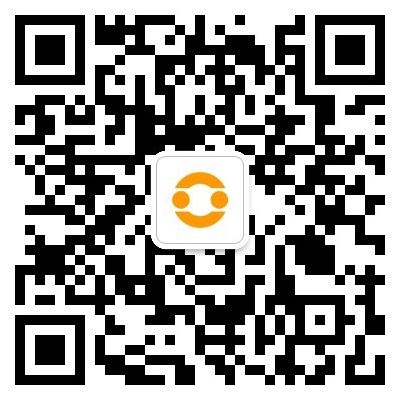Ally Bonus programs are like those hidden side doors in your favorite bookstore – most people rush past the main entrance without noticing them, but once you discover the shortcut, you\’ll never queue again. These aren\’t just loyalty points or cashback gimmicks; they\’re sophisticated relationship builders woven into financial products, travel rewards, and even retail ecosystems. What fascinates me is how they quietly reward you for integrating services within the same ecosystem – think banking with investing, or booking flights through partner hotels.
I remember chatting with a globetrotting photographer in Lisbon last spring who\’d essentially funded his Nikon gear through airline ally bonuses. He\’d linked his frequent flyer account to a partner credit card and rental car service, triggering triple miles on every transaction. But here\’s what most miss: ally bonuses thrive on behavioral patterns. Banks notice if you maintain minimum balances while using multiple products; retailers track if you consistently choose partner brands. It\’s less about flashy spending and more about strategic consistency.
Take Maya, a freelance designer I mentor. She automated her ally bonus strategy by stacking three layers: a bank account waiving fees for direct deposits, a cashback card linked to that bank, and investment dividends reinvested through their brokerage arm. By month six, she\’d unlocked premium customer benefits – free international wire transfers and priority support – simply through this interconnected usage. The golden rule? Ally bonuses favor depth over breadth. Using two services deeply within one ecosystem often beats superficial engagement with five.
The trap many fall into is chasing every new bonus offer like hungry seagulls. Last quarter, I audited a friend\’s finance apps and found twelve different loyalty programs draining his attention. We streamlined to three aligned ecosystems where benefits compound: his credit union\’s travel perks, an online retailer\’s cashback loop, and telecom bundles with streaming partners. The magic happened when these systems began interacting – his mobile plan discount triggered higher cashback rates at certain retailers. These layered benefits now save him roughly €200 monthly without extra spending.
Warning lights flash when programs demand artificial behavior. If a credit card\’s ally bonus requires €500 monthly grocery spending but you\’re single and budget €150, that 5% cashback becomes a spending trap. The healthiest approach I\’ve seen came from a Kyoto-based gardener: she maps ally bonuses onto existing habits like seasonal plant purchases or biannual tool replacements. Her notebook shows color-coded calendars aligning big expenses with rotating quarterly bonus categories – zero forced consumption, maximum organic gain.
Tomorrow morning, open one financial or shopping app you already use. Dig into terms until you find \”partnership benefits\” or \”program alliances.\” Identify one unused perk that aligns with your actual habits – maybe your bank rewards Netflix subscriptions, or your electronics store gives extra warranty when paying with their partner card. Enable just that single benefit. These small, sustainable steps build towards compound rewards that feel less like gaming the system and more like being rewarded for living intentionally.
评论:
 微信扫一扫打赏
微信扫一扫打赏
 支付宝扫一扫打赏
支付宝扫一扫打赏

